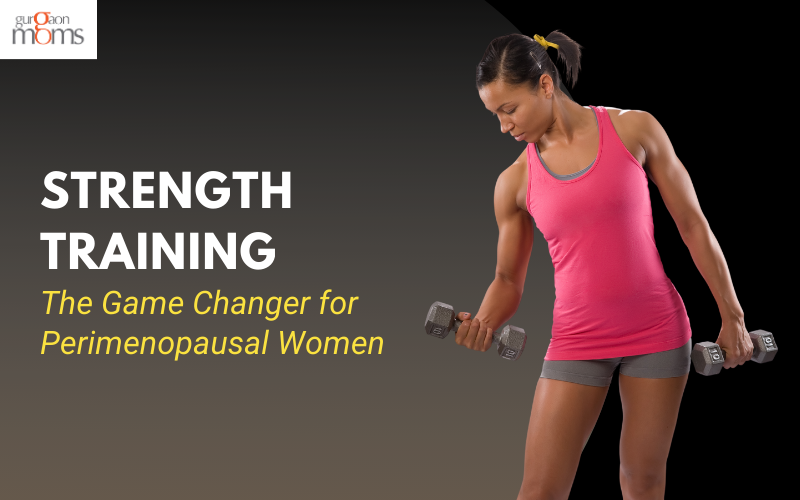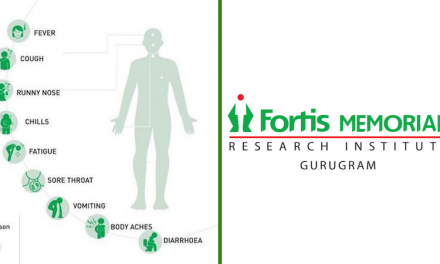How many of us have sighed, saying, “Damn, I have hit my forties, and look at how different kinds of uninvited ailments are queuing up and entering my body happily?” So, this was the typical me, always frustrated and agonised, until I realised that the number 40 is a mere number and, in no way, it can define how strong I should be.
Being a nutritionist, I am very careful about my healthy eating habits and routines. However, my lifestyle was disturbed by frequent episodes of lower body weakness, mood swings, night sweats, and the feeling of red mist dooming on me, enraging me with extreme anger and a foggy brain, challenging my decision-making process. Due to this, I had to take regular breaks from my walks, was unable to follow my daily routine to its full capacity, and was not able to enjoy lovely long beach walks with my son.
Having an interest in the field of health, I dove deep into the cause, researched and collected much information from physiotherapists, and learned that these conditions can be reversed with a simple routine added to my schedule, and that is strength training. Once I included that in my schedule for three days in a week, I felt it was the perfect strategy to win over the hormonal rollercoaster game I was going through.

Pic Source :https://images.creativemarket.com/
To get a clear idea, we should understand that perimenopause is a transition phase when your main menstrual cycle hormones (oestrogen and progesterone) are becoming erratic and gradually declining, but our periods haven’t finished. The course through the perimenopause is unique to each individual woman, starting in their mid-40s, but for some, it may start as early as the mid-30s or as late as the mid-50s.
So is Perimenopause all gloomy and grim? Of course not.
As we see many changes happening with our health, this stage reminds each and every woman going through this phase to prioritise themselves, and it is a perfect time to take control of one’s health through healthy eating, exercise, and lifestyle modifications.
Why Strength Training During Perimenopause
Each one of us has a desire for good strength that is adequate for us to live independently and remain active with healthy bone strength throughout our lifetime. This desire comes to a test when we hit the perimenopausal phase. One of the main reasons attributable to perimenopause is the hormonal alterations especially in circulating oestrogen. So to combat this, how does strength training come to our aid?
1) Strength Training Does Not Bulk Up Muscle: It helps to strengthen our muscles and prevent muscle loss.
As our oestrogen levels start to decline, we start losing our muscle mass. Strength training is the best way to generate muscle-making cells and provide a stimulus to maintain muscle mass.
2) Strength Training Helps to Increase Metabolic Rate: As mentioned earlier, at the onset of perimenopause, due to the declining oestrogen, we tend to lose muscle mass. And these muscles are the largest consumers of calories obtained from food, as we need energy for any activity like running, lifting, riding, and even thinking. Therefore, when muscle mass decreases, so does our metabolic rate. This metabolic rate can be effectively increased by doing strength training just three days a week.
3) Strength Training Helps to Improve Bones: Strength training helps to improve bones. The presence of ideal oestrogen levels is required to maintain healthy bones. Due to declining oestrogen, we are at a greater risk of osteoporosis and become more susceptible to injuries during the perimenopausal stage. Strength training loads our bones with strength by increasing our bone mass. Bones become strong when the muscles attached to them become strong. It prevents the occurrence of bone mineral density loss and thereby plays an important role in preventing osteoporosis.

4) Improves Cardiovascular and General Health: Improves Cardiovascular Health and General Health: When our oestrogen levels fall, excess fat can build up in our arteries, causing the arteries to become narrower, leading to a series of cardiovascular diseases like a heart attack or stroke. Strength training improves insulin sensitivity, helps our body maintain healthy blood pressure, reduces fat around our hips and waists, and makes us healthier.
Regular strength training can help improve our overall wellbeing. It need not be a tiring experience for your body to lift very heavy weights. Tailor your workout to lift weights by stretching just a little bit more than your comfort level.
From the GurgaonMoms Community, I came to know about Mihika Gupta, the fitness coach of Mission Healthy with Mihika. I am attending her holistic fitness classes, which involve various strengthening exercises targeted at strengthening our lower, upper, and core bodies. The classes are tailored well with variety, purpose, and effective outcomes.
The Support Wheels of Strength Training:
Now that we have spoken all about strength training and its benefits in easing out the perimenopausal syndromes, we should also understand that there are other four main factors without which strength training will not be beneficial.
(a) Nutrition and Diet: Healthy eating habits will support our overall wellbeing. Taking care that we consume adequate protein intake to prevent muscle loss and provide for strength training will help us to yield the maximum benefit. Distributing our protein intake throughout the day is important. Protein intake in the form of peanut butter, tofu, cottage cheese, baked salmon, or chicken in an egg salad for a protein boost, and beans for dinner are a great protein addition to your meal. Nut and seed mix and sprouted grams for a perfect anytime snack. Also, keep your levels of vitamin D, vitamin B12, calcium, and HBA1C at their ideal levels through dietary sources and a healthy lifestyle.
(b) Sleep: Due to the hormonal rollercoaster, many of the women in their perimenopausal stage experience insomnia. The solution is not to browse through your social media until you fall asleep; this will worsen the condition. To help yourself, set a sleep routine and increase your magnesium intake through foods like whole grains, beans, lentils, nuts, seeds, and green leafy vegetables. Ensure you get 8 hours of good sleep for healthy hormonal balance.

(c) Water: Keep yourself hydrated in summer and winter. Consume a minimum of 2 litres of water, and this needs to be added more based on your activity pattern. Avoid including liquids in the form of fruit juices or carbonated beverages. This will increase our insulin resistance in our body, paving the way for many metabolic diseases.
(d) Stay Active: As we age, it is important that we keep ourselves more active as our metabolic rate decreases. We need to increase our movement throughout the day, either through brisk walking, yoga, dance, or any other form of physical activity apart from regular fitness training.
We can enjoy a good quality of life even after menopause. Engaging ourselves in a well-established comprehensive exercise programme will help to maintain a healthy body by maintaining ideal bone density levels and also good mental health. Osteoporosis, the most dreaded disorder in elderly women, can be prevented by inculcating strength training a bit early in our lives. It has been proven by various research studies that even a moderate exercise schedule will aid in keeping our weight in check and also lower the risk of stress, anxiety, and depression, the common symptoms we experience during perimenopause and menopause. Strength training has an overall impact on our body by improving our muscle mass, balance, strength, and coordination. Exercises work simultaneously on various aspects of one’s health and improve our way of life.

This article is by Sobana Laxmi Jagaraj
Sobana is a holistic nutritionist, dedicated to helping people inculcate healthy eating into their lifestyle for long-term, sustainable benefits to their health and wellbeing. Passionate about experimenting with healthy cooking techniques and maintaining vibrant floral gardens are some of her leisure time hobbies.





